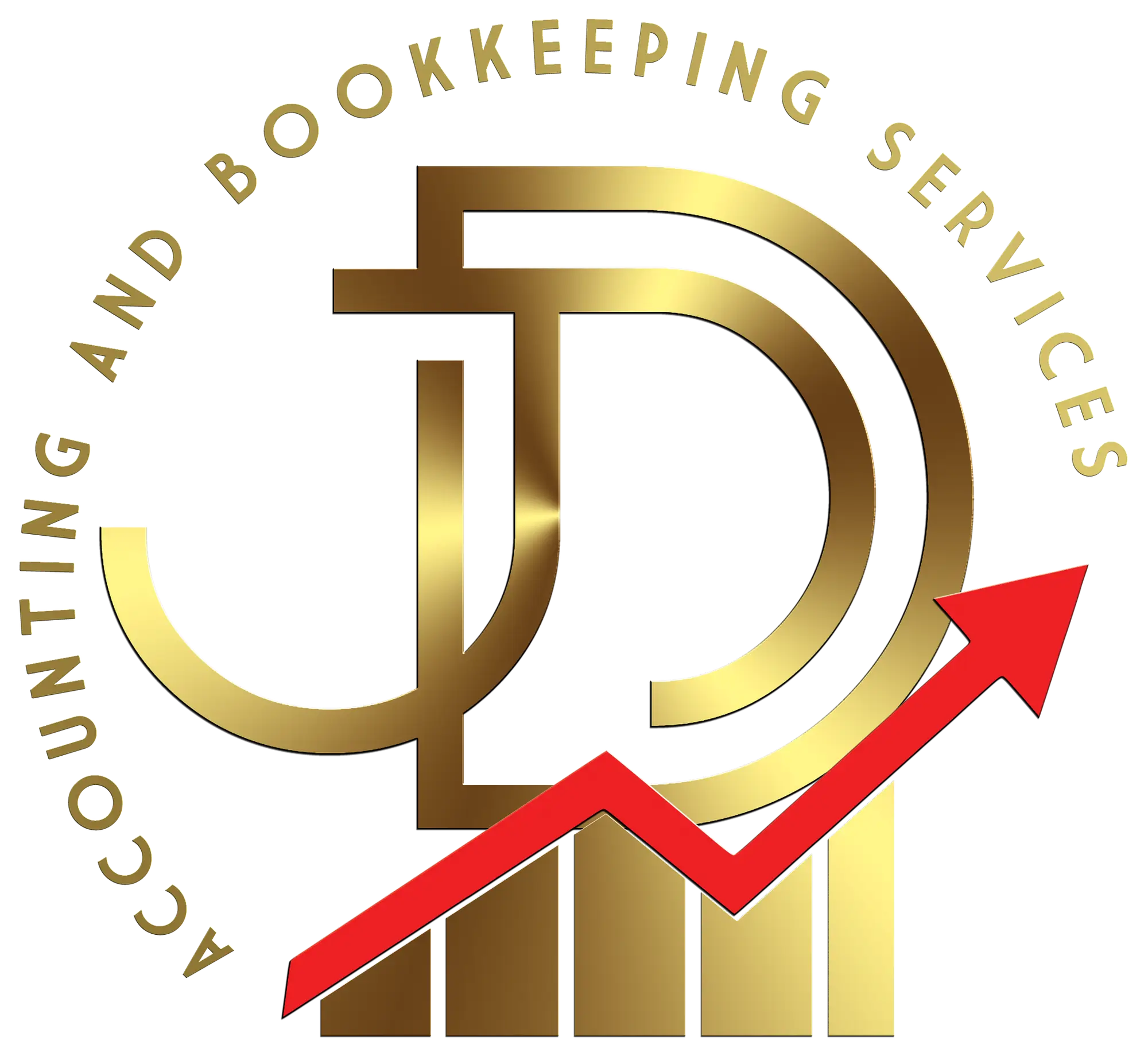Minimizing tax liabilities is a key objective for businesses and individuals alike. By implementing effective tax planning strategies, businesses can optimize their tax position, reduce tax burdens, and increase their overall financial success. In this article, we will explore the importance of minimizing tax liabilities and provide insights into strategies that businesses can employ to achieve this goal.
- Understanding Tax Laws and Regulations:
To effectively minimize tax liabilities, businesses must have a thorough understanding of the tax laws and regulations applicable to their jurisdiction. Tax laws can be complex and ever-changing, so it’s essential to stay updated on new developments and changes that may impact tax planning strategies. By being aware of available deductions, exemptions, credits, and incentives, businesses can maximize their tax savings within the boundaries of the law.
- Strategic Business Structuring:
The way a business is structured can significantly impact its tax liabilities. Choosing the right business entity, such as a sole proprietorship, partnership, corporation, or limited liability company (LLC), can have implications for tax treatment. Businesses should consider the advantages and disadvantages of each structure in terms of tax liability, asset protection, and operational flexibility. Consulting with a tax professional or legal advisor can help determine the most suitable structure for minimizing tax liabilities.
- Taking Advantage of Deductions and Credits:
Deductions and credits play a crucial role in minimizing tax liabilities. Businesses should be diligent in identifying all eligible expenses and ensuring they are properly documented. Common deductions include business-related expenses such as rent, utilities, supplies, professional fees, and employee salaries. Tax credits, on the other hand, provide a dollar-for-dollar reduction in tax liability and can be particularly beneficial. Examples of tax credits include research and development (R&D) credits, energy efficiency credits, and hiring incentives.
- Optimizing Depreciation and Amortization:
Depreciation and amortization are accounting methods used to allocate the cost of assets over their useful lives. By strategically planning the depreciation and amortization of assets, businesses can optimize tax savings. Accelerated depreciation methods, such as bonus depreciation or Section 179 expensing, allow businesses to deduct a larger portion of the asset’s cost in earlier years, resulting in immediate tax savings. Understanding the rules and limitations surrounding depreciation and amortization can help businesses make informed decisions.
- Utilizing Tax-Advantaged Retirement Plans:
Contributing to tax-advantaged retirement plans not only helps individuals save for retirement but also offers tax benefits. Businesses can establish retirement plans, such as 401(k) plans, SEP-IRAs, or SIMPLE IRAs, and make contributions on behalf of eligible employees. These contributions are generally tax-deductible, reducing the business’s taxable income and lowering its overall tax liability. Encouraging employee participation in retirement plans can also be an effective way to attract and retain talent.
- Strategic Timing of Income and Expenses:
Timing can be a powerful tool in minimizing tax liabilities. By strategically timing the recognition of income and the payment of expenses, businesses can optimize their taxable income in a given year. For example, deferring income into the following year or accelerating deductible expenses into the current year can help lower taxable income and reduce the associated tax liability. However, businesses must ensure they comply with the rules and regulations governing the timing of income and expenses.
Conclusion:
Minimizing tax liabilities requires a proactive and strategic approach to tax planning. By understanding tax laws, structuring the business effectively, taking advantage of deductions and credits, optimizing depreciation and amortization, utilizing tax-advantaged retirement plans, and strategically timing income and expenses, businesses can significantly reduce their tax burdens. Working with a knowledgeable tax professional or advisor is key to implementing effective tax strategies and maximizing tax savings. By minimizing tax liabilities


